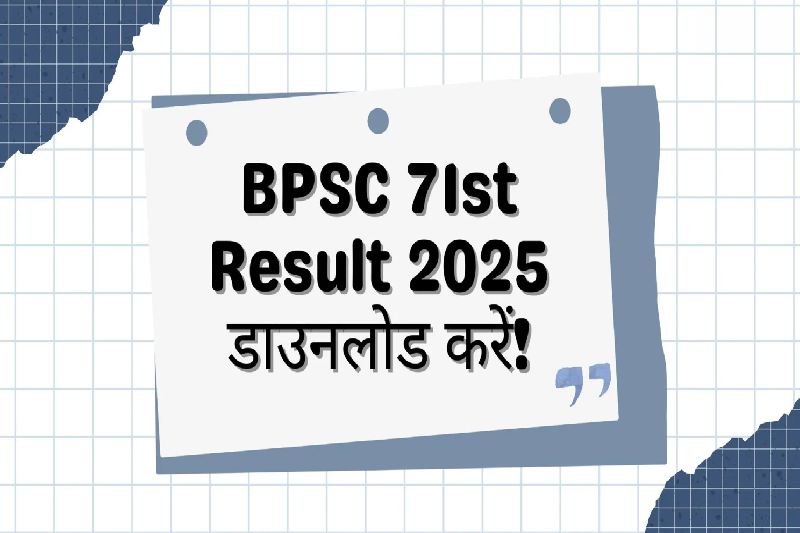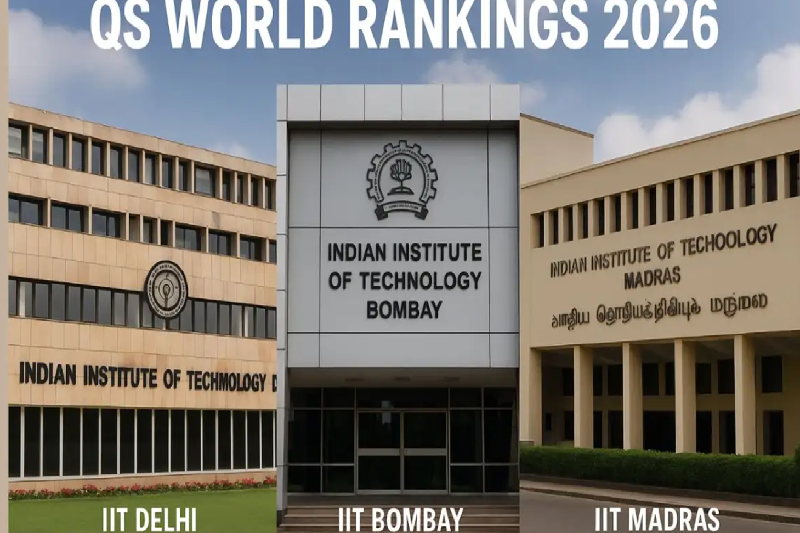
One-Third of Indian School Students Opt for Private Coaching: Insights from Centre’s Comprehensive Modular Survey
The role of private coaching in India’s education ecosystem continues to grow, with recent data from the Centre’s Comprehensive Modular Survey (CMS) highlighting a striking trend: nearly one in three students depend on private coaching for academic support. Conducted as part of the 80th round of the National Sample Survey (NSS), this report sheds light on expenditure patterns, the urban-rural divide, and the broader financial dynamics of school education in India.
Key Findings of the Survey
According to the CMS, 27.0% of school students in India took private coaching during the current academic year. The dependence on coaching classes is more prevalent in urban areas (30.7%) than rural regions (25.5%), suggesting that urban households are more inclined to seek additional academic support outside of schools.
The survey also underlined the continued importance of government schools in India’s education landscape. Government institutions account for 55.9% of total enrolments nationwide, with a much higher proportion in rural India, where two-thirds (66.0%) of students are enrolled in such schools. In contrast, urban enrolments in government schools stand at 30.1%, while private unaided recognised schools account for 31.9% nationwide enrolments.
Expenditure on Private Coaching
One of the most significant aspects of the CMS survey is its detailed analysis of household expenditure on education. The findings reveal a clear urban-rural gap in the amount spent on coaching:
- Urban households spend an average of ₹3,988 annually per student on private coaching.
- Rural households spend comparatively less, averaging ₹1,793 per student annually.
The difference becomes even more pronounced at higher levels of education. For example, at the higher secondary level, urban households spend ₹9,950 annually per student, more than double the rural average of ₹4,548.
Nationally, coaching expenses rise consistently with education level:
- Pre-primary: ₹525
- Higher secondary: ₹6,384
This data underscores how private coaching increasingly becomes necessary as students progress to higher grades, particularly in urban contexts where competitive exams and performance pressures are more acute.
Funding Education: Household Dependence
The survey highlights that 95% of students in India rely on other household members as their primary source of funding for education. This trend is consistent across regions, with 95.3% in rural areas and 94.4% in urban areas.
Government scholarships, despite being available, play only a marginal role. Just 1.2% of students reported scholarships as their primary source of funding for school education, pointing to the limited reach of financial aid initiatives compared to household contributions.
Broader Expenditure on School Education
Beyond coaching, the CMS also analyzed the expenditure on other aspects of school education. The findings show that:
- Course fees are the most significant component of educational spending, with an average of ₹7,111 per student annually at the national level.
- Textbooks and stationery come next at ₹2,002 per student.
Again, urban households bear a significantly higher burden across all categories. For instance:
- Urban households spend ₹15,143 on course fees, compared to just ₹3,979 in rural areas.
- Higher spending in urban households extends to other areas such as transportation, uniforms, and textbooks.
This stark difference highlights the rising cost of education in urban centers and the economic strain it places on families, especially when combined with the additional burden of coaching fees.
Evolution of Surveys: Comparing with Past Rounds
The last comprehensive education survey was conducted in the 75th round of the NSS (2017–18). However, officials have clarified that the CMS findings cannot be directly compared with the earlier survey due to differences in methodology.
For example, in the 75th round, anganwadi centres were not classified under pre-primary education, and expenditures on school education included coaching costs. In contrast, the CMS classifies anganwadis within the pre-primary category and separates expenditures on school education and coaching. This methodological change provides a clearer picture of how households spend on formal schooling and supplementary education.
Why the Findings Matter
The CMS report offers vital insights into India's school education system's growing reliance on private coaching. With nearly a third of students depending on it, the findings raise important questions about the adequacy of classroom teaching, the pressures of competitive exams, and the widening financial burden on families.
The urban-rural divide further points to disparities in access and affordability. While urban families may spend more on coaching and school-related expenses, rural families, though spending less, still shoulder a significant proportion of their limited incomes on education.
Additionally, the minimal role of scholarships in funding indicates the need for more robust government interventions to ease the financial strain on families, particularly those from disadvantaged backgrounds.
Conclusion
The CMS highlights the dual realities of India’s school education system—on one hand, government schools continue to play a central role in ensuring access, especially in rural areas; on the other, private coaching has emerged as a parallel learning system, particularly in urban settings.
As India continues to push for reforms in its education sector, these findings remind us of the challenges that remain: bridging the urban-rural gap, reducing financial strain on households, and strengthening the role of schools so that reliance on private coaching becomes a choice, not a necessity.



